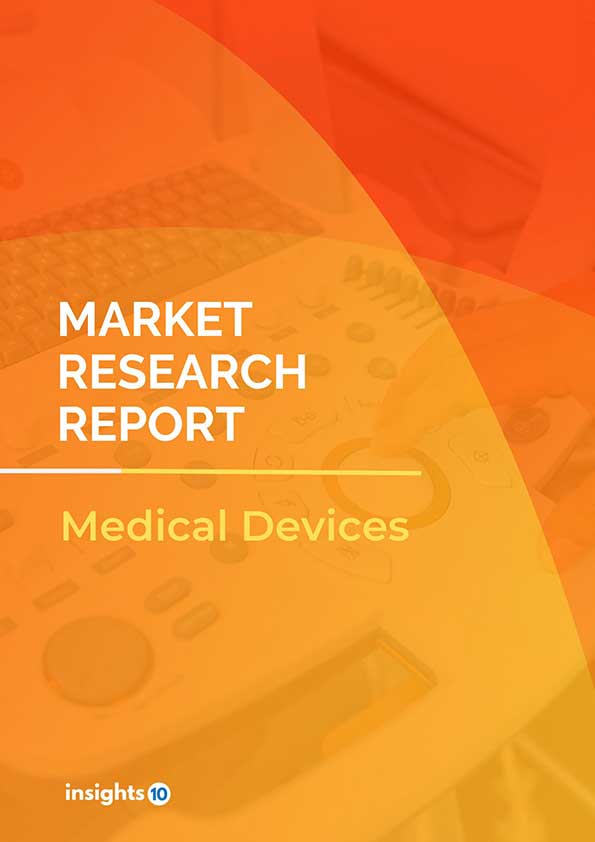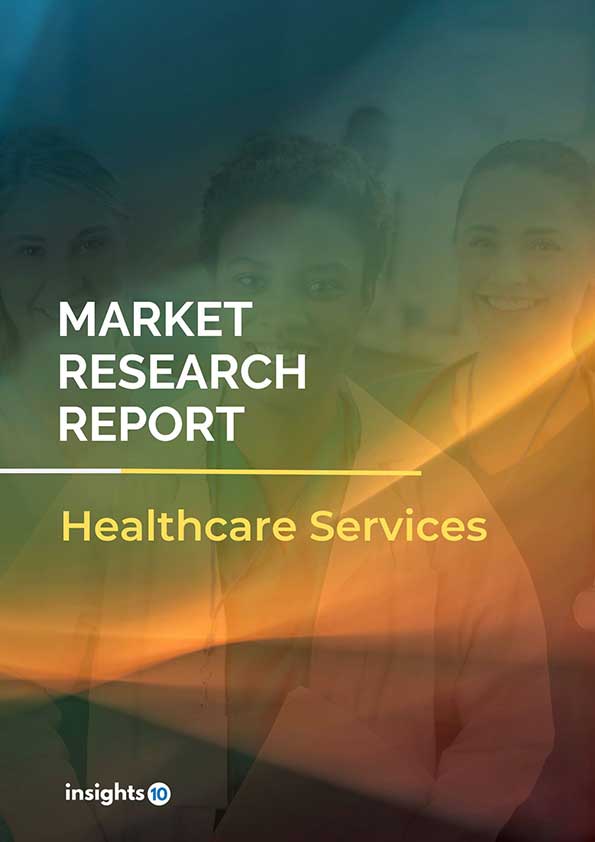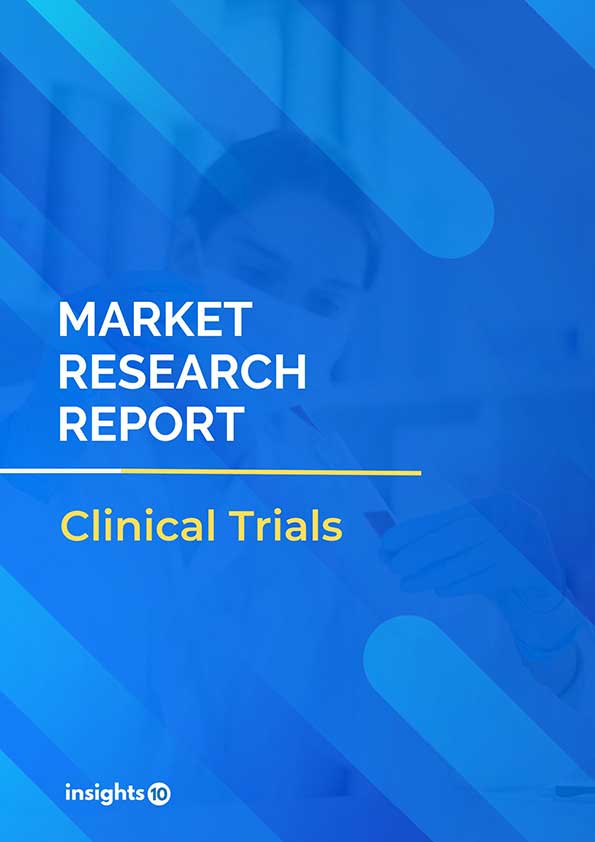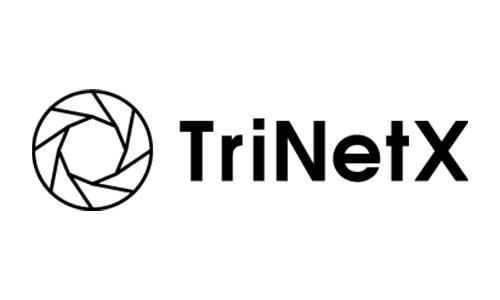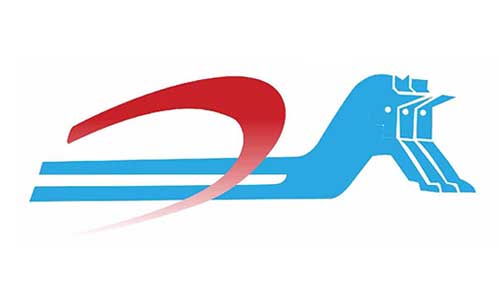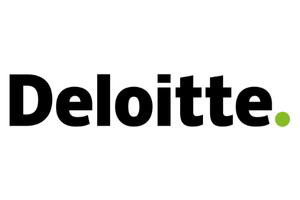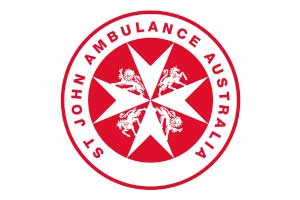Argentina HIV Therapeutics Market Analysis
The Argentina HIV therapeutics market is expected to reach $xx Mn by 2030, up from $xx Mn in 2022, with a CAGR of xx% from 2022 to 2030. Local Players such as Raffo Laboratorios, Richmond Laboratories, and Gador S.A dominate the HIV therapeutics market in Argentina. The government policies, funding, and initiatives by international organizations to manage HIV infections in the country propel the market. The HIV therapeutics market in Argentina is divided into four segments: type, product, geography, end user, and distribution channel.
Buy Now

Argentina HIV Therapeutics Market Analysis Summary
Argentina is a country in South America bordering the Southern Atlantic Ocean. The Argentina HIV therapeutics market is expected to reach $xx Mn by 2030, up from $xx Mn in 2022, with a CAGR of xx% from 2022 to 2030.
Argentina ranked 69th in the world in terms of adult HIV/AIDS prevalence in 2020, with 1,40,000 HIV cases. According to the most recent WHO data, HIV/AIDS deaths in Argentina reached 1,481 in 2020, accounting for 0.54 % of total deaths.
Argentina ranks 88th in the world with an age-adjusted death rate of 3.30 per 100,000 population. With the help of the Argentine government and various organizations, an increasing number of people are able to access treatments and health care. Argentina spent 10% of its GDP on healthcare in 2020.
Market Dynamics
Market Growth Drivers
The HIV/AIDS incidence rate in Argentina has been steadily declining since 2015. The Argentine government and various organisations are working to ensure that everyone has access to HIV/AIDS treatment and education. Over the last 30 years, Argentina has made significant efforts to reduce HIV/AIDS. The Argentine National Ministry of Health established the National Control Program of Human Retroviruses in 1992 to diagnose and treat patients while also ensuring that medication is distributed to the general population. These elements may entice new entrants into Argentina's HIV therapeutics market.
Market Restraint
The stigma attached to HIV positivity has a significant impact on HIV testing and treatment. According to 2017 estimates, approximately one in every four Argentinians lives in poverty. This means that many people in Argentina lack access to medical personnel and equipment, as well as medicine. These elements may deter new entrants into the Moroccan HIV therapeutics market.
Competitive Landscape
Key Players
- Gador S.A (ARG)
- Richmond Laboratories (ARG)
- Raffo Laboratorios (ARG)
- Elea Laboratories (ARG)
- Laboratorios Phoenix S.A. (ARG)
- ViiV Healthcare
- Bristol Myers Squibb
- Merck & Co.
- Gilead Sciences
Healthcare Regulations and Reimbursement Policies
The National Administration of Drugs, Food, and Medical Technology in Argentina is the regulatory authority in charge of overseeing the registration, approval, and surveillance of pharmaceutical products, including HIV therapeutics (ANMAT). The government agency in charge of ensuring that all pharmaceutical products sold in Argentina are safe, effective, and of high quality is known as ANMAT. The ANMAT follows international standards and regulations and works with international organizations such as the World Health Organization (WHO) and the Pan American Health Organization (PAHO) to ensure that all pharmaceutical products meet global quality and safety standards.
Argentina has Patients who must be enrolled in the Ministry of Health's National Program for the Control of HIV/AIDS in order to receive HIV therapeutics through the public healthcare system. The program gives participants access to ART as well as other medical services such as testing and counseling. To ensure the availability of HIV therapeutics in the country, the National Program for the Control of HIV/AIDS has formed partnerships with local and international organizations such as UNAIDS and the Global Fund to Fight AIDS, Tuberculosis, and Malaria.
1. Executive Summary
1.1 Disease Overview
1.2 Global Scenario
1.3 Country Overview
1.4 Healthcare Scenario in Country
1.5 Patient Journey
1.6 Health Insurance Coverage in Country
1.7 Active Pharmaceutical Ingredient (API)
1.8 Recent Developments in the Country
2. Market Size and Forecasting
2.1 Epidemiology of Disease
2.2 Market Size (With Excel & Methodology)
2.3 Market Segmentation (Check all Segments in Segmentation Section)
3. Market Dynamics
3.1 Market Drivers
3.2 Market Restraints
4. Competitive Landscape
4.1 Major Market Share
4.2 Key Company Profile (Check all Companies in the Summary Section)
4.2.1 Company
4.2.1.1 Overview
4.2.1.2 Product Applications and Services
4.2.1.3 Recent Developments
4.2.1.4 Partnerships Ecosystem
4.2.1.5 Financials (Based on Availability)
5. Reimbursement Scenario
5.1 Reimbursement Regulation
5.2 Reimbursement Process for Diagnosis
5.3 Reimbursement Process for Treatment
6. Methodology and Scope
HIV Therapeutics Segmentation
By Types (Revenue, USD Billion):
- Nucleoside-Analog Reverse Transcriptase Inhibitors (NRTIs)
- Coreceptor Antagonists
- Entry and Fusion Inhibitors
- Integrase Inhibitors
- Protease Inhibitors (PIs)
- Non-Nucleoside Reverse Transcriptase Inhibitors (NNRTIs)
By Distribution Channel (Revenue, USD Billion):
- Hospital Pharmacies
- Retail Pharmacies
- Online Pharmacies
- Others
Methodology for Database Creation
Our database offers a comprehensive list of healthcare centers, meticulously curated to provide detailed information on a wide range of specialties and services. It includes top-tier hospitals, clinics, and diagnostic facilities across 30 countries and 24 specialties, ensuring users can find the healthcare services they need.
Additionally, we provide a comprehensive list of Key Opinion Leaders (KOLs) based on your requirements. Our curated list captures various crucial aspects of the KOLs, offering more than just general information. Whether you're looking to boost brand awareness, drive engagement, or launch a new product, our extensive list of KOLs ensures you have the right experts by your side. Covering 30 countries and 36 specialties, our database guarantees access to the best KOLs in the healthcare industry, supporting strategic decisions and enhancing your initiatives.
How Do We Get It?
Our database is created and maintained through a combination of secondary and primary research methodologies.
1. Secondary Research
With many years of experience in the healthcare field, we have our own rich proprietary data from various past projects. This historical data serves as the foundation for our database. Our continuous process of gathering data involves:
- Analyzing historical proprietary data collected from multiple projects.
- Regularly updating our existing data sets with new findings and trends.
- Ensuring data consistency and accuracy through rigorous validation processes.
With extensive experience in the field, we have developed a proprietary GenAI-based technology that is uniquely tailored to our organization. This advanced technology enables us to scan a wide array of relevant information sources across the internet. Our data-gathering process includes:
- Searching through academic conferences, published research, citations, and social media platforms
- Collecting and compiling diverse data to build a comprehensive and detailed database
- Continuously updating our database with new information to ensure its relevance and accuracy
2. Primary Research
To complement and validate our secondary data, we engage in primary research through local tie-ups and partnerships. This process involves:
- Collaborating with local healthcare providers, hospitals, and clinics to gather real-time data.
- Conducting surveys, interviews, and field studies to collect fresh data directly from the source.
- Continuously refreshing our database to ensure that the information remains current and reliable.
- Validating secondary data through cross-referencing with primary data to ensure accuracy and relevance.
Combining Secondary and Primary Research
By integrating both secondary and primary research methodologies, we ensure that our database is comprehensive, accurate, and up-to-date. The combined process involves:
- Merging historical data from secondary research with real-time data from primary research.
- Conducting thorough data validation and cleansing to remove inconsistencies and errors.
- Organizing data into a structured format that is easily accessible and usable for various applications.
- Continuously monitoring and updating the database to reflect the latest developments and trends in the healthcare field.
Through this meticulous process, we create a final database tailored to each region and domain within the healthcare industry. This approach ensures that our clients receive reliable and relevant data, empowering them to make informed decisions and drive innovation in their respective fields.
To request a free sample copy of this report, please complete the form below.
We value your inquiry and offer free customization with every report to fulfil your exact research needs.


